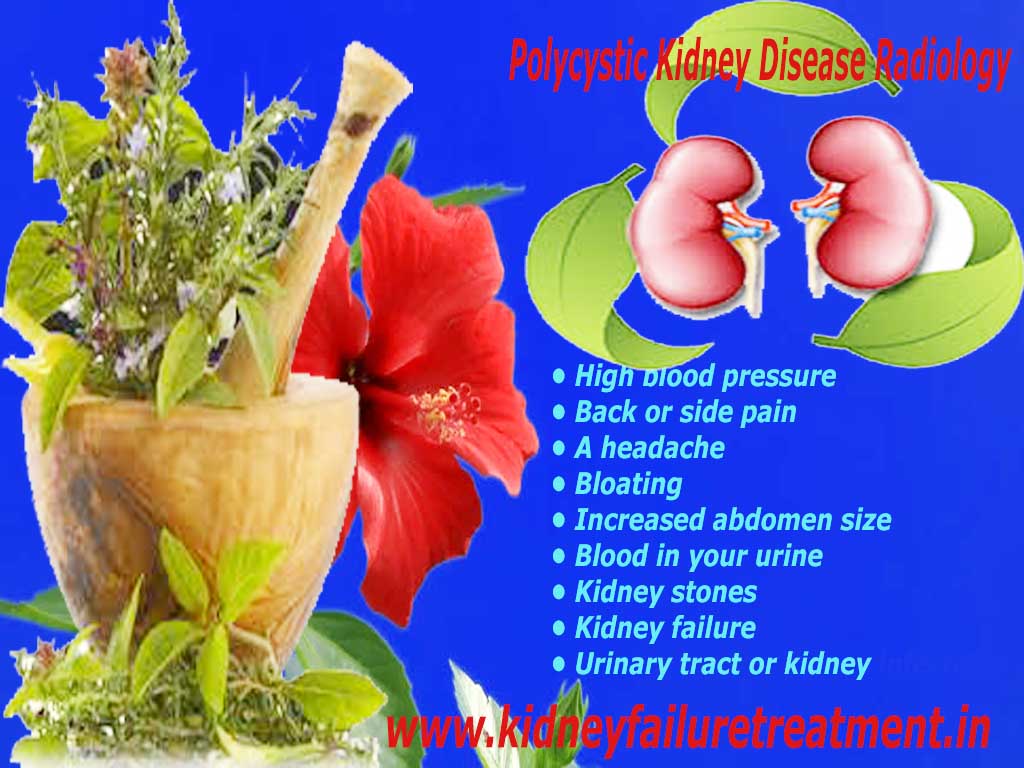Polycystic Kidney Disease Radiology, Karma Ayurveda – Dr. Puneet Dhawan

Polycystic kidney disease (PKD) is a genetic kidney disorder in which clusters of cysts develop primarily in the lining of the kidneys, causing kidneys to enlarge and lose its functions over time. Cysts are fluid-filled noncancerous sacs. The cysts may vary in size, many cysts or large cysts damage the kidneys. “Polycystic kidney disease radiology”
PKD can be severe or mild in different people causing various complications. Lifestyle changes and correct treatment measures help to reduce damage to the kidneys from complications.
INDICATIVE SYMPTOMS:
Polycystic kidney disease may result in developing symptoms like:
- High blood pressure
- Back or side pain
- A headache
- Bloating
- Increased abdomen size
- Blood in your urine
- Kidney stones
- Kidney failure
- Urinary tract or kidney infections “Polycystic kidney disease radiology”
Polycystic kidney disease is caused by a genetic problem in the DNA of the cells. It is only transmitted when one of the parents carry PKD gene. It can be the early sign of chronic kidney disease. Polycystic kidney disease is an autoimmune disorder that can also be fatal.
TYPES OF POLYCYSTIC KIDNEY DISEASE:
The three types of polycystic kidney disease known, caused by different genetic flaws, are:
- Autosomal Dominant PKD (also called PKD or ADPKD) is passed from parent to child by dominant inheritance. Simply, to transmit the gene only one parent ought to have it. The symptoms of ADPKD usually begin between the age of 30-40 years. It can also develop in early childhood in rare cases. ADPKD is the most common type of PKD among PKD patients. “Polycystic kidney disease radiology”
- Infantile or Autosomal Recessive PKD (also called ARPKD) is transmitted from parent to child by recessive inheritance. This type of PKD develops symptoms in the earliest months of life i.e. immediately after the birth. This form of PKD is very serious and can progress rapidly. It can also prove to be fatal when not treated in time. It is the rare type seen among PKD patients.
- Acquired Cystic Kidney Disease (also called ACKD). This type of PKD happens to attack patients with long-term kidney damage. ACKD is often associated with kidney failure and dialysis. The common symptom of this PKD type is blood in the urine or discolored urine.
Polycystic kidney disease is diagnosed through various tests like abdominal ultrasound, Abdominal CT scan, Abdominal MRI scan, Intravenous pyelogram. “Polycystic kidney disease radiology”
RADIOLOGY OF PKD:
Imaging has an important part to play in the diagnosis and management of autosomal dominant polycystic kidney disease. It detects the complication of the disorder and assesses the progression or the response of the treatment of PKD. At cross-sectional imaging, the kidneys increase their size and develop multiple cysts of different size in Autosomal dominant polycystic kidney disease. As the cysts grow over time, kidneys start to weigh approx 8 kg and length 40 cm. Polycystic kidney disease radiology The cysts can grow at the diameter of 3 cm or more diffused throughout the area lining of kidneys. The complications associated with the cysts may include infections, hemorrhage and in rare case cystic rupture.
AYURVEDIC APPROACH:
Ayurveda, an age-old stream of treatment, provides the most reliable and long lasting treatment measures. It uses natural herbs and advocates healthy renal diets to the kidney patients to relieve the effect of the disease and cure it of the root cause. “Karma Ayurveda Reviews”
Karma Ayurveda, a renowned Ayurveda hospital, currently held by a well-known physician Dr. Puneet Dhawan, whose inherited and acquired knowledge of Ayurveda has helped many kidney patients to lead a fitter life. Karma Ayurveda medicines are the best alternative to dialysis treatment with zero side effects.
